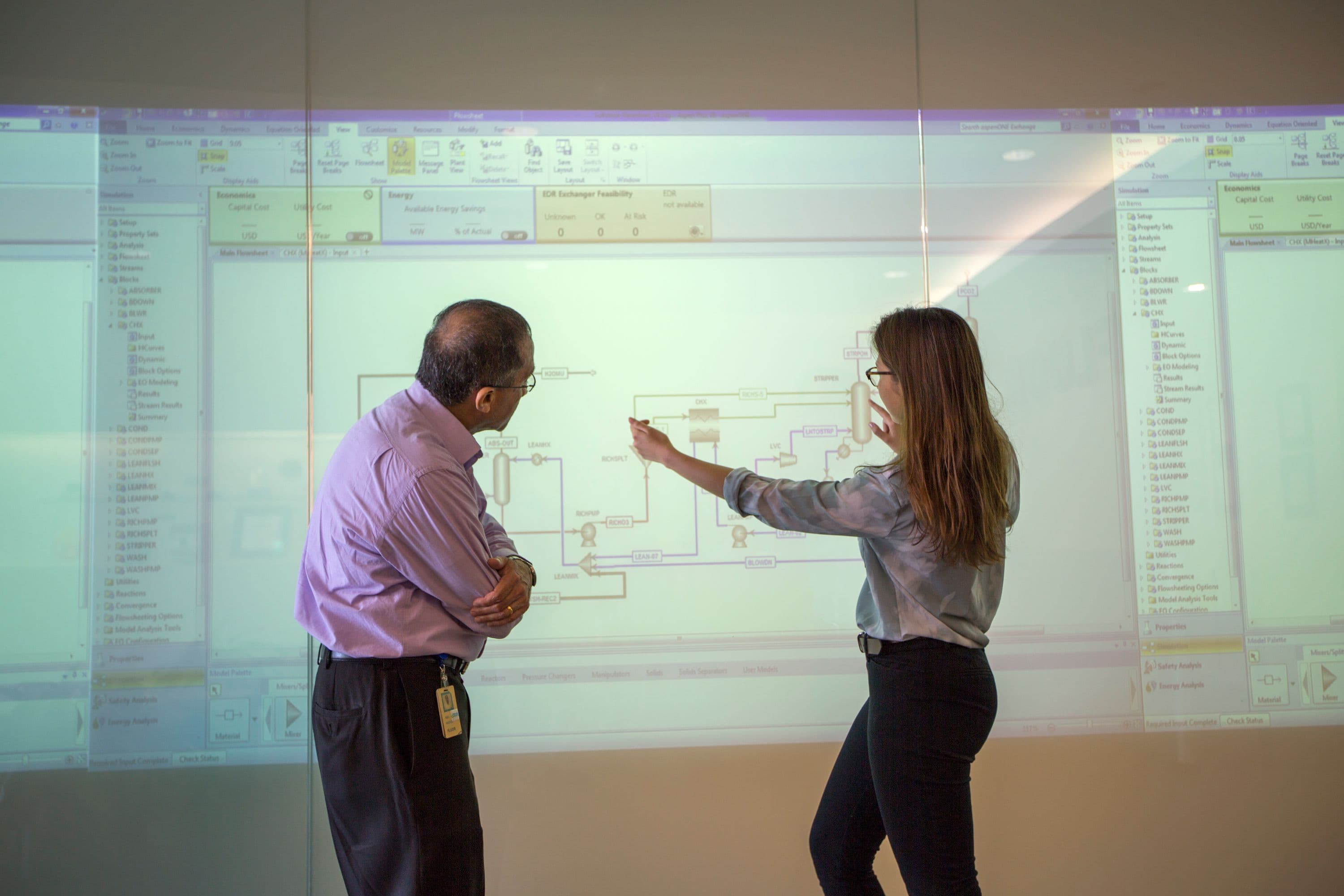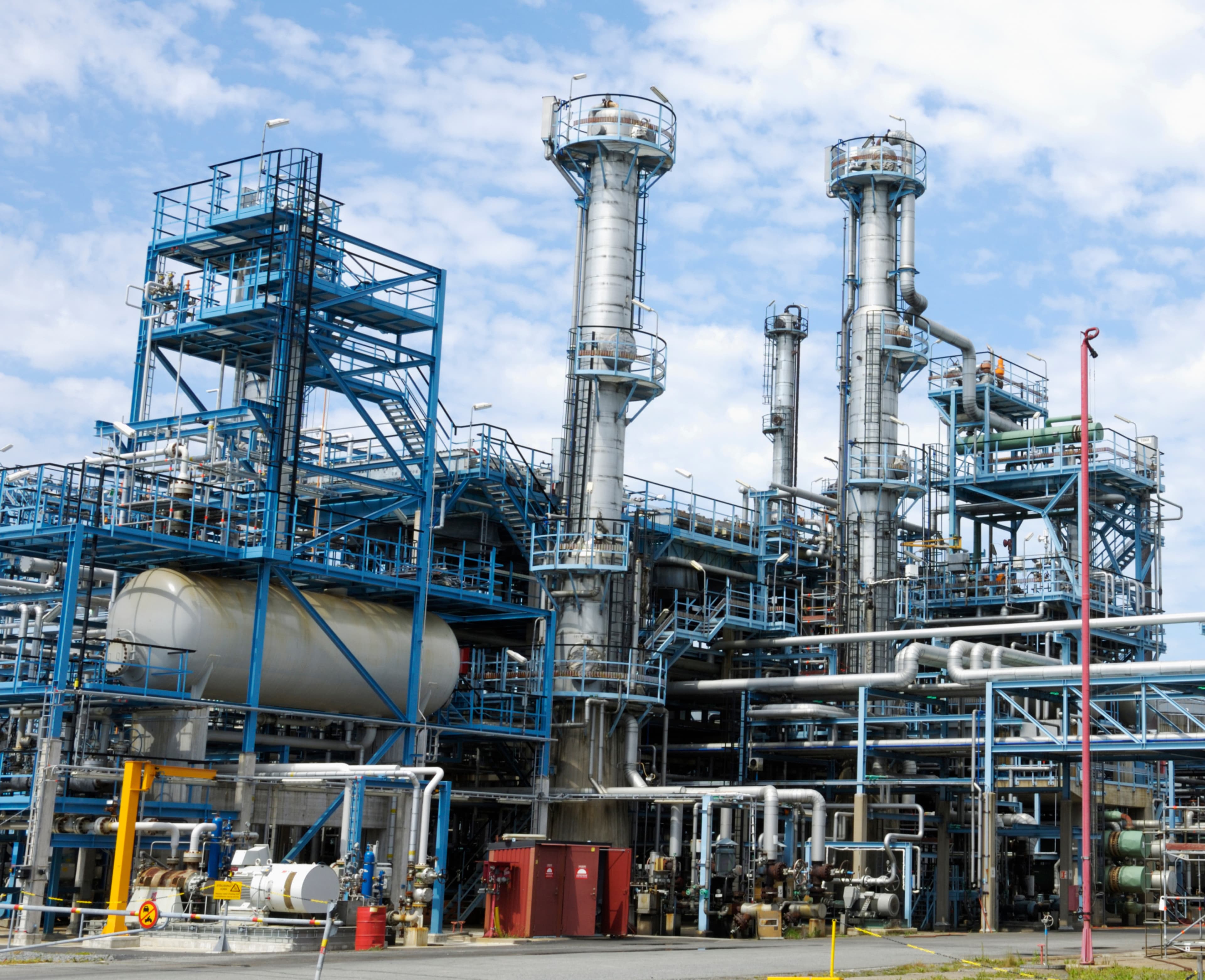

PNNL CO2 Advanced Process Modeling
Client: Pacific Northwest National Lab (PNNL)
Location: Richland, WA, U.S.
Business Segments: Mission SolutionsEnergy Solutions
Industries: FuelsGovernment

Executive Summary
Pacific Northwest National Laboratory (PNNL) is one of the United States Department of Energy (DOE) Office of Science national laboratories. PNNL is operated by Battelle. PNNL collaborated with Fluor and Queens University to develop innovative CO2-capture technologies to reduce carbon emissions and thus advance sustainable energy.
The combination of capabilities from diverse team members enabled evaluation and improvement of the industrial competitiveness of novel CO2-capture technologies.
Client's Challenge
PNNL's engineers and scientists utilize an interdisciplinary approach to address environmental, energy and national security challenges. Specifically for the energy sector, the significant release of carbon into the atmosphere from petroleum refining production adversely affects and increases global warming.
The research to better capture CO2 from flue gas would provide commercial technologies resulting in future environmental benefits.
&w=3840&q=75)
Fluor's Solution
This project was a joint three-year effort to develop and evaluate a candidate CO2BOLs solvent molecule with polarity swing assisted regeneration (PSAR) for capture of CO2 from flue gas. This study encompassed solvent synthesis, characterization, environmental toxicology, physical, thermodynamic and kinetic property measurements, Aspen Plus™ modeling and bench-scale testing and economic evaluation of a candidate CO2BOLs solvent molecule.
The Fluor contribution consisted of guidance to experimental programs, development of thermodynamic and kinetic models, creation of the Aspen Plus flowsheet model and performing the costing and economic evaluation.
&w=3840&q=75)
Conclusion
The PNNL program and its results were documented in three publications. This is an example of how Fluor successfully collaborates with external teams to generate and develop advanced process technology.
The techniques and process tools developed here were expected to broadly aid the energy industry’s ability to reduce carbon dioxide release from its production processes.
&w=3840&q=75)


&w=3840&q=75)

&w=3840&q=75)
&w=3840&q=75)
